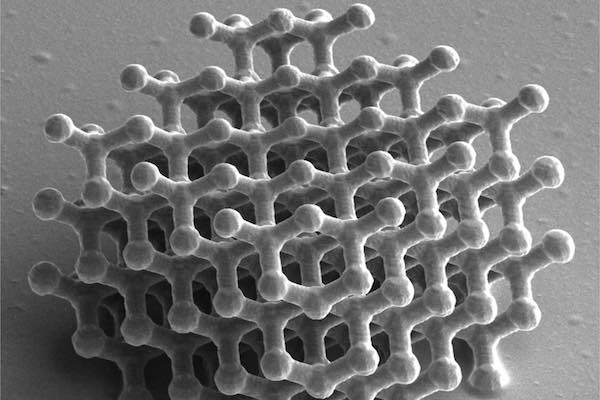
[Image above] Colombo et al.
An article published in the Journal of the American Ceramic Society has scored the current top-ranking position in Web of Science standings of all articles published in the Materials Science Ceramics category in the past ten years.
And that’s no small feat. The Materials Science Ceramics category currently includes—drumroll, please—49,492 articles published in 2008–2017.
The article, “Polymer-Derived Ceramics: 40 Years of Research and Innovation in Advanced Ceramics” by authors Paolo Colombo, Gabriela Mera, Ralf Riedel, and Gian Domenico Sorarù, was published in JACerS in July 2010.
At the time I wrote this article, the paper has been cited at total of 508 times, according the scientific citation indexing service Web of Science—that’s an average of 5.84 citations per month since the article’s publication. Plus, the article has been downloaded more than 11,000 times. Those impressive metrics have earned the article the current top-ranking position (based on citations) of articles published in 2008–2017 that are currently indexed in Web of Science.
According to lead author Paolo Colombo, the original inspiration for the article was a desire to promote polymer-derived ceramics, an interdisciplinary field encompassing materials science, chemistry, physics, and several engineering specialties.
“The paper contains data generated by our own research groups, but with this publication we wanted to recognize the achievements of all the people involved in this field, highlight the uniqueness and opportunities provided by this approach to ceramic materials and components, and foster new interest in the community as a whole, including industry,” Colombo says.
Part of the excitement of polymer-derived ceramics is their potential for diverse applications, including energy, environment, medicine, sensors, aerospace, and defense. Plus, in addition to enabling industrially relevant applications, such as ceramic matrix composites, Colombo adds, preceramic polymers are also relevant for joining applications, ultra-high specific surface area materials, and other unique components.
According to Colombo, the article’s top-ranking designation is a testament to continued interest in the field and its potential for new developments, some of which are highlighted in a feature article published in the April 2017 issue of the ACerS Bulletin—“Additive manufacturing techniques for fabricating complex ceramic components from preceramic polymers.”
“With so much hype being generated, sometimes somewhat artificially, around ‘new materials’ that later fail to live up to the expectations, it is very refreshing to see that some materials can stand the test of time and continue to be highly relevant for decades,” Colombo says. “The growing interest in this field is testified not only by the high number of citations that our paper received, but also by the good attendance to the various symposia devoted to polymer-derived ceramics at international conferences around the world.”
Colombo hopes that the recognition will inspire young researchers realize the continued potential for scientific and industrial innovation with preceramic polymers and polymer-derived-ceramics. “My hope is that this will stimulate people coming from all backgrounds and with different interests to get involved by publishing on this topic and attending the various conferences devoted to it.”
The open-access paper, published in JACerS, is “Polymer-Derived Ceramics: 40 Years of Research and Innovation in Advanced Ceramics” (DOI: 10.1111/j.1551-2916.2010.03876.x).
Did you find this article interesting? Subscribe to the Ceramic Tech Today newsletter to continue to read more articles about the latest news in the ceramic and glass industry! Visit this link to get started.
Author
April Gocha
Spotlight Categories
- Journal and Bulletin Updates
Related Posts
Volunteer spotlight: Hyunjun Kim
December 18, 2025
ACerS GOMD History – A Look Back in Time
December 10, 2025


